DEFINITELY, the main lesson we can learn from the Solemnity of the Epiphany when we commemorate the visit of the 3 Magi to the newborn Jesus is that Jesus is meant to be the redeemer not only to the Jews, regarded as the chosen people of God, but also to the non-Jews. His message and redemptive work have a universal scope, covering all men and women regardless of background, race, color, social status, etc.
That’s because God’s love is for all. And that love had its ultimate expression when Christ died on the cross for the sins of all people, providing a way for reconciliation with God, as articulated in the First Letter of St. John where it says: “He is the atoning sacrifice for our sins, and not only for ours but also for the sins of the whole world.” (2,2)
Thus, it is through our faith in Christ that all of us can receive forgiveness, salvation, and eternal life. Christ himself said: “I am the way, the truth and the life. No one comes to the father except through me.” (Jn 14,6) With these words, Christ proclaims that he is the path or direction to God, that he is the embodiment of truth and the source of truth and that he is the source of eternal life. No one can reach God without going through Christ.
We need to meditate these words of Christ more deeply so we can truly capture the significance of the Epiphany of the Lord. They surely tell us that Christ’s mission was to bring salvation to all people, breaking whatever barriers there may be due to the diversity of backgrounds, race, color and the like.
We also need to understand that while Christ offers us a universal salvation, we too should also realize that we need to properly correspond to that offer. We need to realize that the offer of universal salvation is also a universal call to holiness to all of us. That’s because, as St. Augustine once said, that while God created us without us, he cannot save us without us.
We have to overcome the idea that sanctity is reserved only for a few and that it can only be achieved through certain acts and states of life. Sadly, sanctity has often been associated with priests and nuns and others who by some peculiar circumstances prefer to lead a religious or consecrated life practically spent in churches or some isolated or special places like caves, deserts, mountains, convents, monasteries, hermitages, mission areas, foreign lands, etc.
As a consequence, the ordinary people who stay at home and work in the fields or schools and offices, or those who simply find themselves in the middle of the world, are often considered out of contention for sainthood. At best, they can aspire only to be helpers and assistants to priests and religious men and women.
We need to correct this attitude because it is not quite correct. While such conception about sanctity contains a lot of truth and many good things, it however does not capture many other elements through which holiness can be pursued and achieved.
Everyone is called to holiness, because everyone is a creature of God, and as such is therefore created in the image and likeness of God, adopted as a child of his, and meant to participate in the very life of God.
There is a basic and inalienable equality among all of us insofar as we are God’s creatures and children called to holiness. Regardless of our position and state in life, whether we are priests, religious men and women, or ordinary lay faithful, we have the same calling and purpose in life.
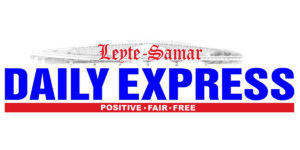

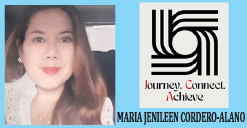
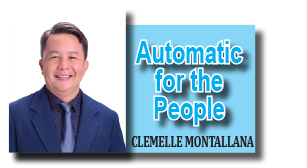
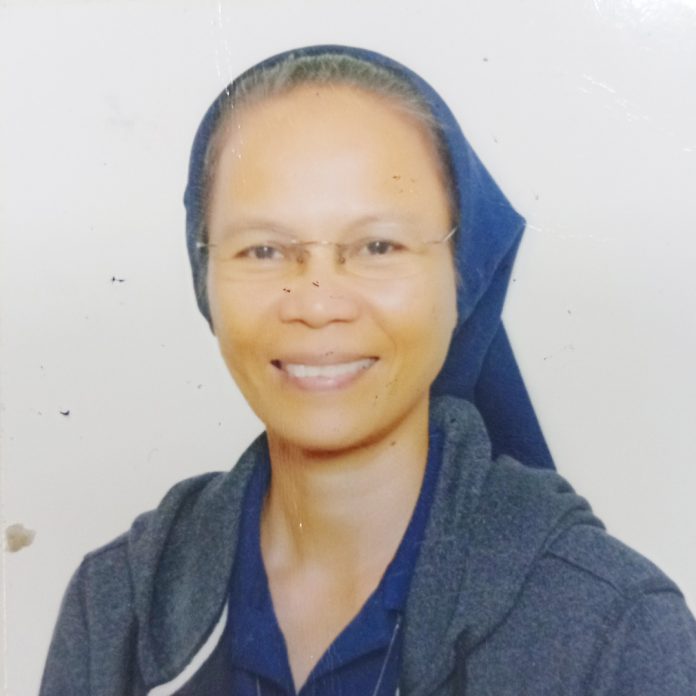
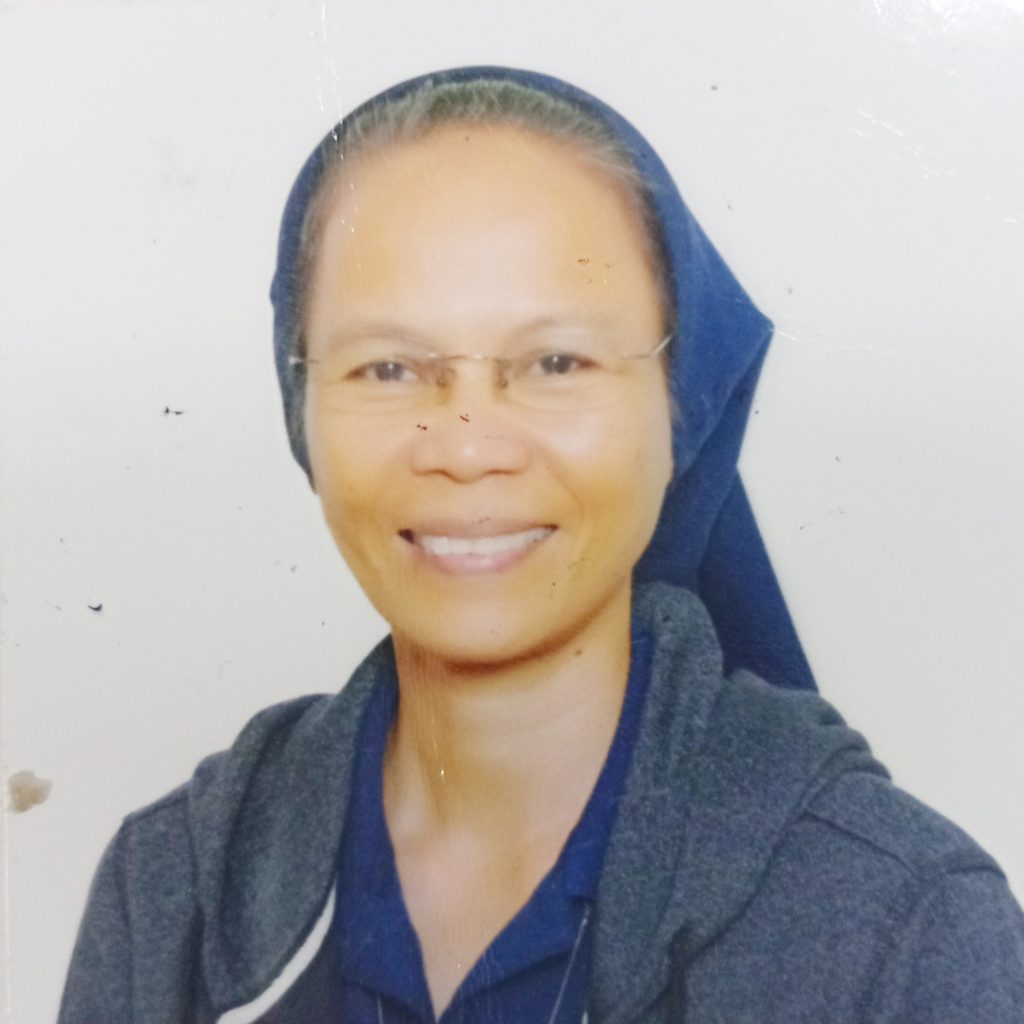
Recycling for beauty
At the roadside after garbage day, plastic bottles lie crushed beside wilted cardboard, waiting either for the landfill truck or for a second life. That moment always feels like a quiet crossroads, and choosing recycling over waste is not just practical—it is wise. Throwing everything away is easy; thinking twice is the real act of intelligence.
Recycling, at its core, is an admission that materials still have stories left in them. I have always been drawn to that idea—that what looks finished is merely paused. Paper remembers trees, glass remembers fire, metal remembers pressure and patience. When these things are recycled, they are not rescued out of pity but respected for their remaining worth. To recycle is to acknowledge that usefulness does not end at first use.
What makes recycling even more compelling is how it trains the mind to see value where others see clutter. I find myself looking at empty jars, scrap wood, or fabric remnants not as trash but as possibilities. This habit quietly reshapes how one thinks about consumption. It discourages excess, slows impulse, and replaces mindless buying with deliberate choice. In that sense, recycling is not just an environmental act; it is a discipline.
The practice becomes truly admirable when recycling crosses into art. There is something deeply satisfying about seeing discarded materials transformed into objects meant to be looked at, not hidden. Recycled art refuses to be ashamed of its origins. Rust, scratches, faded labels, and uneven textures are not flaws but signatures. They remind the viewer that beauty does not require perfection, only imagination and care.
I have always believed that art made from recycled materials carries a moral weight without preaching. A lamp fashioned from scrap metal or a sculpture made of bottle caps does not lecture about climate change or waste. It simply stands there, quietly asking why such materials were ever dismissed in the first place. That silent question lingers longer than slogans ever could.
There is also a gentle humor in recycled art that I deeply enjoy. A flower made from spoons or a bird shaped from tin cans feels playful, almost defiant. It mocks the idea that newness is the only path to beauty. It says, with a wink, that creativity thrives best when resources are limited and imagination is forced to stretch.
On a more grounded level, recycling teaches responsibility without drama. It does not demand grand speeches or heroic gestures. It asks only for attention—segregating waste, reusing what can be reused, supporting those who turn discards into something meaningful. These are small acts, but they accumulate, much like the materials themselves. Over time, they shape habits, communities, and even taste.
The wisest approach, I believe, is to treat recycling not as an obligation but as a way of seeing the world. When people are taught to recognize beauty in the reused and value in the overlooked, waste naturally loses its grip. Encourage creativity, celebrate recycled art, and let usefulness and beauty share the same space. In doing so, what we throw away may finally begin to reflect how thoughtfully we live.